Home>Garden Essentials>What Does Scabiosa Greenery Look Like
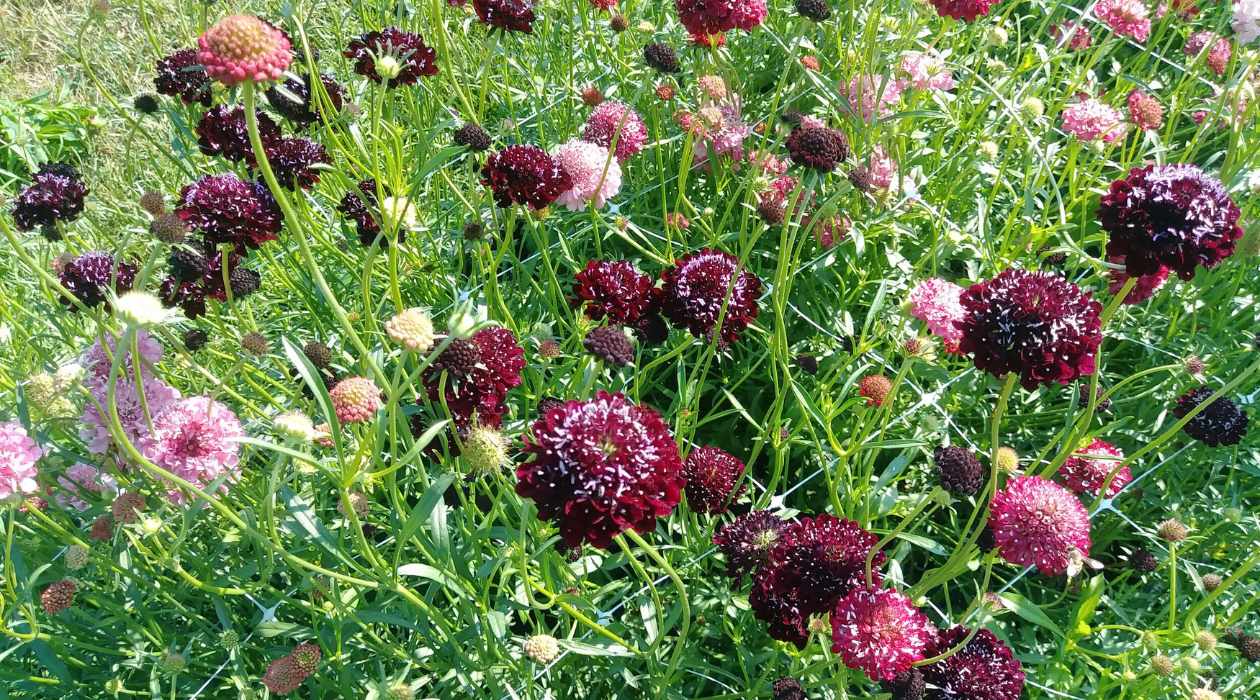

Garden Essentials
What Does Scabiosa Greenery Look Like
Modified: March 7, 2024
Discover the beauty of Scabiosa Greenery in your garden. Learn more about what it looks like and how to incorporate this stunning plant into your outdoor space.
(Many of the links in this article redirect to a specific reviewed product. Your purchase of these products through affiliate links helps to generate commission for Storables.com, at no extra cost. Learn more)
Introduction
Welcome to the world of Scabiosa Greenery! If you are a garden enthusiast, you may already be familiar with this versatile and beautiful plant. Scabiosa Greenery, also known as Scabiosa columbaria, is a popular choice among gardeners for its delicate and charming characteristics. Whether you are a beginner or an experienced gardener, learning about this plant will not only add variety to your garden but also provide a visual feast for the eyes.
Scabiosa Greenery is a member of the Caprifoliaceae family and is native to Europe. This perennial plant is beloved for its lovely flowers and foliage, making it a staple in many gardens. Its popularity can be attributed to its ease of cultivation and low maintenance requirements, making it an excellent choice for both novice and seasoned gardeners.
In this article, we will explore the different aspects of Scabiosa Greenery, including its characteristics, growth habit, uses, benefits, and care. Whether you’re interested in adding this plant to your garden or simply want to expand your knowledge, read on to discover the beauty and wonders of Scabiosa Greenery.
Key Takeaways:
- Scabiosa Greenery, with its charming pincushion-like flowers and lush foliage, is a visually stunning and low-maintenance plant that adds beauty and whimsy to any garden or floral arrangement.
- Its extended blooming period, ability to attract pollinators, and diverse varieties make it a delightful and eco-friendly choice for gardeners of all levels.
Read more: What Does An Attic Look Like
What is Scabiosa Greenery?
Scabiosa Greenery, or Scabiosa columbaria, is an herbaceous perennial plant that belongs to the Caprifoliaceae family. It is commonly known as Pincushion flower or Scabious. This plant is renowned for its charming flowers, which resemble little pincushions, hence its common name. The word “scabiosa” comes from the Latin word “scabies,” meaning “itch,” perhaps alluding to the plant’s traditional use in herbal medicine to treat various skin conditions.
Native to Europe, Scabiosa Greenery has gained popularity around the world for its dainty blooms and attractive foliage. It typically grows in clumps, with slender stems reaching a height of 12 to 24 inches (30 to 60 cm). The flowers, which appear in summer and continue into early fall, are the main attraction of this plant. They are available in a wide range of colors, including shades of blue, pink, lavender, and white, making it a versatile addition to any garden.
The flowers are surrounded by a collar of slender bracts that add further beauty to the plant. Each bloom is composed of a central cushion-like disk, covered with tiny flowers that resemble pins, hence the name “Pincushion flower.” The unique shape and intricate details of the flowers make Scabiosa Greenery a standout in any flower bed or bouquet.
In addition to its charming flowers, Scabiosa Greenery is also valued for its foliage. The leaves are elongated and deeply toothed, forming a dense mound at the base of the plant. The foliage has a rich green color and a velvety texture, adding visual interest even when the plant is not in bloom.
Overall, Scabiosa Greenery is a delightful and versatile plant that brings a touch of whimsy and elegance to any garden. Its captivating flowers and lush foliage make it a popular choice among gardeners and floral enthusiasts alike.
Characteristics of Scabiosa Greenery
Scabiosa Greenery, also known as Pincushion flower or Scabious, possesses several distinctive characteristics that set it apart from other plants. Understanding these characteristics will not only help you identify this beautiful plant but also appreciate its unique qualities. Let’s explore the key features of Scabiosa Greenery:
- Growth Habit: Scabiosa Greenery is an herbaceous perennial that forms clumps of slender stems. It has an upright growth habit with a height ranging from 12 to 24 inches (30 to 60 cm). The stems are sturdy yet delicate, providing a graceful appearance to the plant.
- Leaf Structure: The leaves of Scabiosa Greenery are elongated and deeply toothed. They form a dense basal rosette at the bottom of the plant. The leaves are alternate, meaning they grow in a spiral fashion up the stem. Their serrated edges give them an interesting texture, adding to the visual appeal of the plant.
- Leaf Color: The foliage of Scabiosa Greenery is a vibrant green color. Some varieties may have leaves with a slightly grayish tint, which adds a touch of sophistication to the overall appearance of the plant.
- Leaf Texture: The leaves of Scabiosa Greenery have a velvety texture, giving them a luxurious and soft feel. This texture not only enhances the aesthetic value but also adds an interesting tactile dimension to the plant.
- Flower Shape and Color: The flowers of Scabiosa Greenery are the highlight of this plant. They have a unique pincushion-like shape, with a central disk surrounded by a collar of slender bracts. The flowers are small and delicate, forming a cluster atop each stem. Scabiosa Greenery blooms come in a wide range of colors, including shades of blue, pink, lavender, and white. These vibrant hues make the plant visually appealing and allow for versatile use in various garden designs.
In summary, Scabiosa Greenery showcases a distinct growth habit, with slender stems and a compact, clumping nature. Its elongated, toothed leaves in a vibrant green color provide a lovely backdrop to the charming and unique pincushion-like flowers. These characteristics combine to make Scabiosa Greenery an enticing addition to any garden or floral arrangement.
Growth Habit
The growth habit of Scabiosa Greenery plays a key role in its overall appearance and suitability for different garden settings. Understanding the growth habit of this plant will help you plan its placement and ensure optimal care. Here are the important aspects of Scabiosa Greenery’s growth habit:
Upright Stems: Scabiosa Greenery features slender, upright stems that emerge from the base of the plant. These stems are generally sturdy and can reach a height of 12 to 24 inches (30 to 60 cm). The upright growth habit provides an elegant and vertical element to the plant, making it visually appealing in various garden designs.
Clumping Nature: Scabiosa Greenery tends to form clumps as it grows. This clumping habit creates a lush and full appearance, with multiple stems emerging closely together. The clumps have a dense and compact structure, making Scabiosa Greenery suitable for both border plantings and container gardening.
Long Blooming Period: One of the notable features of Scabiosa Greenery is its extended blooming period. The flowers typically start to appear in the summer and continue into early fall. This extended season of blooming allows you to enjoy the beauty of the plant for a prolonged period. It also makes Scabiosa Greenery a great choice for adding color and interest to your garden during the transition from summer to fall.
Multiple Flower Stems: Each clump of Scabiosa Greenery gives rise to multiple flower stems. These stems are slender and rise above the foliage, showcasing the beautiful pincushion-like flowers. The presence of multiple stems adds depth and dimension to the plant, creating a more visually striking display.
Adaptable to Pruning: Scabiosa Greenery responds well to pruning, allowing you to manage its growth and shape. Pruning back the plant can help promote a compact and bushier habit, as well as encourage more flower production. Regular pruning can also help prevent the plant from becoming leggy and maintain its overall aesthetic appeal.
Overall, Scabiosa Greenery has an upright growth habit with clumping stems and a long blooming period. Its adaptability to pruning makes it a flexible choice for various garden settings, from flower beds and borders to containers and even cut flower arrangements. Understanding its growth habit will assist you in maximizing the beauty and potential of Scabiosa Greenery in your garden.
Leaf Structure
The leaf structure of Scabiosa Greenery is an important aspect of its overall appearance and character. Understanding the shape, arrangement, and texture of its leaves will allow you to appreciate the beauty and uniqueness of this plant. Here are the key aspects of Scabiosa Greenery’s leaf structure:
Elongated Shape: The leaves of Scabiosa Greenery are elongated, meaning they are longer than they are wide. They have a lanceolate shape, tapering to a point at the tip. This elongated leaf shape adds a graceful and elegant element to the plant’s overall aesthetic.
Toothed Margins: The edges of the leaves are deeply toothed or serrated. These serrations create small, sharp points along the margins of the leaves. The toothed margins give the leaves an interesting texture and add visual interest to the plant.
Basal Rosette: Scabiosa Greenery forms a basal rosette of leaves at the base of the plant. This means that the leaves emerge from the bottom of the plant, radiating outward in a circular or semi-circular pattern. The basal rosette serves as a lush green backdrop to the flowers, enhancing their visual impact.
Alternate Arrangement: The leaves of Scabiosa Greenery are arranged alternately along the stems. This means that each leaf grows at a different point along the stem, creating a spiral pattern. The alternate arrangement maximizes the exposure of each leaf to sunlight, ensuring efficient photosynthesis for the plant.
Rich Green Color: Scabiosa Greenery has leaves that are a vibrant and rich green color. This lush green hue provides a captivating contrast against the colorful flowers and adds a touch of freshness to the overall appearance of the plant.
Leaf Texture: The leaves of Scabiosa Greenery have a velvety texture. When touched, they feel soft and smooth, making the plant enticing to both the eye and the sense of touch. This texture adds a layer of tactile interest and further enhances the overall appeal of the plant.
The leaf structure of Scabiosa Greenery contributes to its overall allure and charm. The elongated shape, deeply toothed margins, alternate arrangement, rich green color, and velvety texture all come together to create a visually captivating and texturally intriguing plant.
Read more: What Does Thyme Look Like?
Leaf Color
The leaf color of Scabiosa Greenery is an important characteristic that adds to its overall beauty and visual appeal. The vibrant hues of its foliage combine with the charming flowers to create a stunning display in any garden. Here are the key aspects of Scabiosa Greenery’s leaf color:
Vibrant Green: The predominant color of Scabiosa Greenery’s leaves is a vibrant and rich green. This lush green hue adds a sense of vitality and freshness to the plant’s aesthetic. The vibrant green color of the leaves provides a striking contrast against the colorful flowers, creating a visually captivating display.
Variegated Varieties: While the most common color for Scabiosa Greenery’s leaves is green, there are also variegated varieties available. These variegated varieties feature leaves with patterns or patches of different colors, usually lighter shades of green or creamy white. The variegation adds an extra layer of visual interest to the plant, making it even more appealing.
Grayish Tint: In some varieties of Scabiosa Greenery, the leaves may exhibit a slight grayish tint. This grayish hue can give the plant a more subdued and sophisticated look, adding a touch of elegance to its overall appearance. The grayish tint works well in complementing the color palette of other plants and flowers in the garden.
The leaf color of Scabiosa Greenery contributes to its overall attractiveness and plays a role in its versatility in garden design. The vibrant green leaves provide a lush and vibrant backdrop to the charming flowers, creating a visually pleasing combination. Variegated varieties and the occasional grayish tint add further interest and diversity to the leaf color options of Scabiosa Greenery.
Leaf Texture
The leaf texture of Scabiosa Greenery is just as captivating as its color and shape. Running your fingers along the velvety leaves provides a sensory experience that adds to the overall charm of this plant. Here are the key aspects of Scabiosa Greenery’s leaf texture:
Velvety Feel: The leaves of Scabiosa Greenery have a velvety texture. When you touch them, you’ll notice a soft and smooth sensation under your fingertips. This velvety feel is a unique characteristic that sets Scabiosa Greenery apart from other plants and adds to the overall allure of the plant.
Soft and Delicate: The velvety texture of the leaves gives them a delicate quality. They are not rough or prickly, but rather gentle to the touch. This softness contributes to the plant’s inviting nature, making it appealing to both the eye and the sense of touch.
Enhanced Visual Interest: The velvety texture of Scabiosa Greenery’s leaves enhances the visual interest of the plant. When light hits the leaves, the texture adds depth and dimension, creating subtle variations in tone and shading. This interplay of light and texture adds a layer of complexity to the overall appearance of the plant.
Pleasurable Sensory Experience: The velvety texture of Scabiosa Greenery’s leaves offers a pleasurable sensory experience for gardeners and visitors alike. Running your hands over the leaves can be a soothing and comforting experience, further connecting you to the beauty of nature.
The leaf texture of Scabiosa Greenery is a delightful and integral part of its overall appeal. The velvety softness, delicate nature, and enhanced visual interest make it a plant that engages not only the eyes but also the sense of touch. Incorporating Scabiosa Greenery into your garden will invite you to experience the tactile sensations and appreciate the unique textures it brings.
Scabiosa greenery has delicate, fern-like leaves with a light, airy appearance. The leaves are typically a vibrant green color and can add a soft, romantic touch to floral arrangements.
Uses of Scabiosa Greenery
Scabiosa Greenery, with its charming flowers and lush foliage, has a variety of uses in both indoor and outdoor settings. Its versatility and aesthetic appeal make it a popular choice among gardeners and floral enthusiasts. Let’s explore the different uses of Scabiosa Greenery:
- Garden Borders: Scabiosa Greenery adds beauty and texture to garden borders. Its upright growth habit and compact clumping nature make it an excellent choice for creating defined boundaries or edging along flower beds. The combination of its vibrant flowers and attractive foliage brings depth and visual interest to garden landscapes.
- Container Gardening: The versatility of Scabiosa Greenery makes it suitable for container gardening. Whether you have a small balcony, patio, or deck, you can enjoy the beauty of this plant in pots or containers. Its elegant yet compact growth habit makes it an ideal choice for adding height, color, and texture to your container arrangements.
- Cut Flower Arrangements: The lovely flowers of Scabiosa Greenery are a perfect addition to cut flower arrangements. Their unique pincushion-like shape and vibrant colors make them eye-catching focal points in bouquets and floral displays. Scabiosa Greenery not only adds a touch of whimsy but also provides lush foliage that complements other flowers and brings a sense of freshness to the arrangements.
- Attracting Pollinators: Scabiosa Greenery’s flowers are a source of nectar, attracting bees, butterflies, and other pollinators to your garden. These pollinators play a crucial role in fertilizing plants and promoting biodiversity. By adding Scabiosa Greenery to your garden, you contribute to the overall health and balance of the ecosystem.
- Dried Flower Crafts: The flowers of Scabiosa Greenery can be dried and used in various crafting projects. From wreaths to potpourri, the dried flowers maintain their unique shape and charm, providing long-lasting beauty and a touch of natural elegance to your creations.
- Medicinal Uses: Traditionally, Scabiosa Greenery has been used in herbal medicine for its potential healing properties. It has been used to treat various skin conditions, such as eczema and psoriasis, due to its purported anti-inflammatory and soothing effects. However, it is essential to consult with a healthcare professional before using Scabiosa Greenery for medicinal purposes.
These are just a few of the many uses of Scabiosa Greenery. Its versatility, beauty, and potential for creativity make it a fantastic plant to incorporate into your garden, floral arrangements, and crafting projects. Whether you want to add a pop of color to your borders, attract pollinators, or create stunning floral displays, Scabiosa Greenery is sure to be a valuable and delightful addition.
Benefits of Scabiosa Greenery
Scabiosa Greenery offers numerous benefits, both for your garden and the environment. From its visual appeal to its ecological contributions, this versatile plant has much to offer. Let’s explore the benefits of Scabiosa Greenery:
- Visual Beauty: With its charming pincushion-like flowers and lush foliage, Scabiosa Greenery adds a captivating touch of beauty to any garden or floral arrangement. The vibrant colors and unique shape of the flowers make them visually striking, while the velvety foliage adds texture and depth.
- Long Blooming Period: Scabiosa Greenery has an extended blooming period, typically from summer to early fall. This means you can enjoy its stunning flowers and vibrant colors for a significant portion of the year. The prolonged blooming period makes it a valuable addition to gardens, providing continuous visual interest.
- Attracts Pollinators: The flowers of Scabiosa Greenery are a rich source of nectar. This attracts bees, butterflies, and other pollinators to your garden, promoting biodiversity and supporting the pollination of other plants. By including Scabiosa Greenery in your garden, you contribute to the conservation of pollinators and the overall health of the ecosystem.
- Low Maintenance: Scabiosa Greenery is a relatively low-maintenance plant, making it suitable for both beginner and experienced gardeners. It is drought-tolerant once established, reducing the need for frequent watering. It is also resistant to many pests and diseases, requiring minimal intervention and care.
- Easy Propagation: Scabiosa Greenery can be easily propagated through divisions or cuttings. This means you can expand your garden or share this beautiful plant with fellow gardening enthusiasts without much difficulty. The ability to propagate easily adds to the practicality and cost-effectiveness of growing Scabiosa Greenery.
- Flexible Uses: Scabiosa Greenery has various uses, ranging from garden borders to cut flower arrangements. Its versatility allows you to incorporate it into different garden designs and explore various creative projects. Whether you want to create stunning floral displays or add texture to your borders, Scabiosa Greenery offers flexibility and beauty.
- Potential Medicinal Use: Scabiosa Greenery has a history of traditional use in herbal medicine. It has been employed as a remedy for various skin conditions, thanks to its reputed anti-inflammatory and soothing properties. However, it is essential to consult with a healthcare professional before using Scabiosa Greenery for medicinal purposes.
With its visual beauty, ability to attract pollinators, low maintenance requirements, and flexibility of use, Scabiosa Greenery offers numerous benefits to both gardeners and the environment. Its presence in your garden not only enhances the aesthetics but also contributes to the overall health and sustainability of the ecosystem.
Read more: What Does A Gable Look Like?
How to Care for Scabiosa Greenery
Caring for Scabiosa Greenery is relatively easy, as it is a low-maintenance plant. With a few simple steps, you can ensure that your Scabiosa Greenery thrives and continues to add beauty to your garden. Here are some essential care tips:
- Light Requirements: Scabiosa Greenery prefers full sun to light shade. It thrives in bright, indirect sunlight, so choose a location in your garden that receives at least 6-8 hours of sunlight per day. The more sun it receives, the more abundant the flowering will be.
- Watering: While Scabiosa Greenery is relatively drought-tolerant, regular watering is essential, especially during dry spells. Water the plants deeply when the top inch of soil feels dry. Avoid overwatering, as excessive moisture can lead to root rot.
- Soil Requirements: Scabiosa Greenery prefers well-draining soil. It thrives in a fertile soil mix that is rich in organic matter. If your soil is heavy and clay-like, consider adding compost or well-rotted manure to improve drainage and fertility.
- Fertilization: Apply a balanced, slow-release fertilizer in early spring to provide nutrients for healthy growth and abundant flowering. Follow the manufacturer’s instructions for dosage and frequency. Avoid over-fertilizing, as it can cause excessive foliage growth at the expense of flower production.
- Deadheading: To encourage continuous blooming, regularly deadhead the spent flowers by removing them at the base of the stem. This practice redirects the plant’s energy into producing new flowers rather than seed production.
- Pruning: Prune Scabiosa Greenery regularly to maintain its shape and prevent it from becoming leggy. Pruning can be done in late winter or early spring before new growth emerges. Cut back the stems to about 6-8 inches from the ground to promote bushier growth and more compact habit.
- Protection from Pests and Diseases: Scabiosa Greenery is generally resistant to most pests and diseases. However, keeping a watchful eye for common garden pests such as aphids and snails is recommended. If infestations occur, treat them with appropriate organic pest control methods.
- Propagation: Scabiosa Greenery can be propagated by division or through stem cuttings. Division can be done in early spring or fall by carefully separating the clumps into smaller sections and replanting them. Stem cuttings can be taken in late spring or early summer by snipping healthy stems and planting them in well-draining soil.
By following these care tips, you can ensure that your Scabiosa Greenery remains healthy and vibrant. With proper sunlight, watering, soil quality, fertilization, pruning, and occasional pest control, your Scabiosa Greenery will flourish and continue to provide you with its delightful flowers and lush foliage.
Propagation Techniques for Scabiosa Greenery
Scabiosa Greenery can be easily propagated using two primary methods: division and stem cuttings. These propagation techniques allow you to expand your Scabiosa Greenery collection or share this beautiful plant with other gardening enthusiasts. Here’s how to propagate Scabiosa Greenery:
Division:
- Choose an appropriate time: The best time to divide Scabiosa Greenery is in early spring or fall when the plant is dormant.
- Prepare the new planting location: Before dividing the plant, choose a suitable spot in your garden or a container with well-draining soil. Ensure that the new location has similar sun exposure and soil conditions as the parent plant.
- Prepare the parent plant: Carefully dig around the base of the Scabiosa Greenery clump and lift it from the ground, taking care not to damage the roots or stems.
- Divide the clump: Gently separate the clump into smaller sections by pulling apart the roots. You may use your hands or a clean, sharp knife or garden tool. Each divided section should have a portion of the root system and several healthy stems.
- Replant the divisions: Plant each divided section in the prepared location, ensuring that the soil surrounds the roots and the crown of the plant is at the soil level. Space the divisions a few inches apart to allow for future growth and expansion.
- Water and care: After planting, water the divisions thoroughly to settle the soil around the roots. Provide regular watering and follow the care instructions mentioned earlier to help the divisions establish and flourish.
Stem Cuttings:
- Prepare the parent plant: Select a healthy Scabiosa Greenery plant and identify a strong, non-flowering stem for taking cuttings. The stem should be about 4-6 inches long and have several sets of leaves.
- Take the cuttings: Using clean, sharp gardening shears, cut the stem just below a leaf node (the point where a leaf emerges from the stem). Remove any lower leaves to leave a few sets of leaves near the top of the cutting.
- Prepare the rooting medium: Fill a small pot or tray with a well-draining rooting medium, such as a mixture of perlite and peat moss or a commercial seed-starting mix.
- Plant the cuttings: Make a small hole in the rooting medium using a pencil or your finger. Insert the lower end of the cutting into the hole, ensuring that at least one set of leaves remains above the soil surface. Gently press the medium around the cutting to provide stability.
- Provide appropriate conditions: Place the pot or tray in a location with bright, indirect light. Maintain a consistent temperature of around 68-77°F (20-25°C) to promote root development. Keep the rooting medium moist but not waterlogged.
- Monitor and care for the cuttings: Regularly check the cuttings for signs of new growth or root development. Keep the humidity level around the cuttings high by covering the pot or tray with a plastic bag or using a propagator. Remove any wilted or diseased cuttings to prevent the spread of disease.
- Transplanting: Once the cuttings have developed roots and new growth, they can be transplanted into individual pots or into the garden in well-prepared soil. Allow the young plants to establish themselves by providing appropriate care and gradually acclimating them to outdoor conditions.
By using these propagation techniques, you can successfully propagate Scabiosa Greenery and enjoy more of these beautiful plants in your garden. Whether you choose division or stem cuttings, you’ll find that Scabiosa Greenery is a rewarding plant to propagate and share with others.
Common Varieties of Scabiosa Greenery
Scabiosa Greenery, also known as Pincushion flower or Scabious, encompasses several delightful varieties, each with its own unique characteristics and charm. From different flower colors to growth habits, these varieties offer a wide range of options for adding beauty and diversity to your garden. Here are some common varieties of Scabiosa Greenery:
- Scabiosa columbaria ‘Butterfly Blue’: This variety is known for its vibrant blue flowers, which resemble delicate butterflies. It is a compact and low-growing plant, reaching a height of about 12-18 inches (30-45 cm). ‘Butterfly Blue’ blooms profusely from spring to fall and is a favorite among gardeners for its striking color and long blooming period.
- Scabiosa columbaria ‘Pink Mist’: ‘Pink Mist’ offers a soft and delicate color option with its lovely pink flowers. The gentle pink hues create a romantic and feminine touch in the garden. It has a similar growth habit to ‘Butterfly Blue’, forming a compact clump of foliage and producing abundant blooms throughout the growing season.
- Scabiosa columbaria ‘Perfecta Alba’: This variety stands out with its pure white flowers. ‘Perfecta Alba’ offers a classic and elegant option for gardens and floral arrangements. The white blooms contrast beautifully against the vibrant green foliage. Like other Scabiosa Greenery varieties, it forms a compact clump and blooms from spring to fall.
- Scabiosa columbaria ‘Pink Lemonade’: ‘Pink Lemonade’ is a unique variety with its bi-colored flowers. The blooms exhibit a captivating combination of pink and yellow tones, resembling a refreshing glass of pink lemonade. This variety adds a playful and whimsical touch to the garden, and its compact growth habit makes it suitable for both borders and containers.
- Scabiosa columbaria ‘Burgundy Beau’: ‘Burgundy Beau’ offers a rich and deep burgundy color in its flowers, setting it apart from other varieties. The velvety dark red blooms create a dramatic and luxurious atmosphere in the garden. This variety pairs well with other flowers and foliage, adding a bold and eye-catching element to your plantings.
- Scabiosa columbaria ‘Flutter Rose Pink’: This variety boasts beautiful rose pink flowers that have a delicate and romantic appearance. Similar to other Scabiosa Greenery varieties, ‘Flutter Rose Pink’ forms a compact clump with abundant blooms. It adds a touch of elegance and charm to any garden and also makes fantastic cut flowers.
These are just a few of the many wonderful varieties of Scabiosa Greenery available to gardeners. Each variety offers its own unique color palette, growth habit, and character, allowing you to select the perfect one that suits your preferences and garden design. Whether you prefer vibrant blues, soft pinks, pure whites, or deep burgundy, there is a Scabiosa Greenery variety to suit every taste and style.
Conclusion
Scabiosa Greenery, with its charming pincushion-like flowers and lush foliage, is a captivating and versatile plant that can enhance any garden or floral arrangement. Its unique characteristics, growth habit, and various uses make it a popular choice among gardeners and floral enthusiasts alike. From its vibrant flower colors to its velvety leaf texture, Scabiosa Greenery offers a visually stunning display and a pleasurable sensory experience.
Whether you incorporate Scabiosa Greenery in garden borders, containers, or cut flower arrangements, it brings a touch of elegance, beauty, and whimsy to any setting. Its extended blooming period ensures a long-lasting presence of colorful blooms in your garden. The ability of Scabiosa Greenery to attract pollinators adds ecological value by supporting biodiversity and promoting the health of the ecosystem.
Caring for Scabiosa Greenery is relatively simple and straightforward. Providing it with adequate sunlight, well-draining soil, regular watering, and occasional pruning will help it thrive and continue to grace your garden with its stunning flowers and velvety foliage. Propagating Scabiosa Greenery through division or stem cuttings allows you to expand your collection and share the beauty of this plant with others.
From the classic blue varieties like ‘Butterfly Blue’ to the romantic ‘Pink Lemonade’ and the dramatic ‘Burgundy Beau,’ there is a Scabiosa Greenery variety to suit every taste and garden design. These varieties offer abundant choices to create stunning floral displays, add borders of color, or infuse whimsy and elegance into any outdoor space.
In conclusion, Scabiosa Greenery is a remarkable plant that brings beauty, versatility, and ecological benefits to your garden. Its unique flowers, lush foliage, low maintenance requirements, and ability to attract pollinators make it a valuable addition to any garden. So, embrace the beauty of Scabiosa Greenery and let it flourish in your outdoor oasis, bringing joy and delight to both you and the natural world.
Frequently Asked Questions about What Does Scabiosa Greenery Look Like
Was this page helpful?
At Storables.com, we guarantee accurate and reliable information. Our content, validated by Expert Board Contributors, is crafted following stringent Editorial Policies. We're committed to providing you with well-researched, expert-backed insights for all your informational needs.

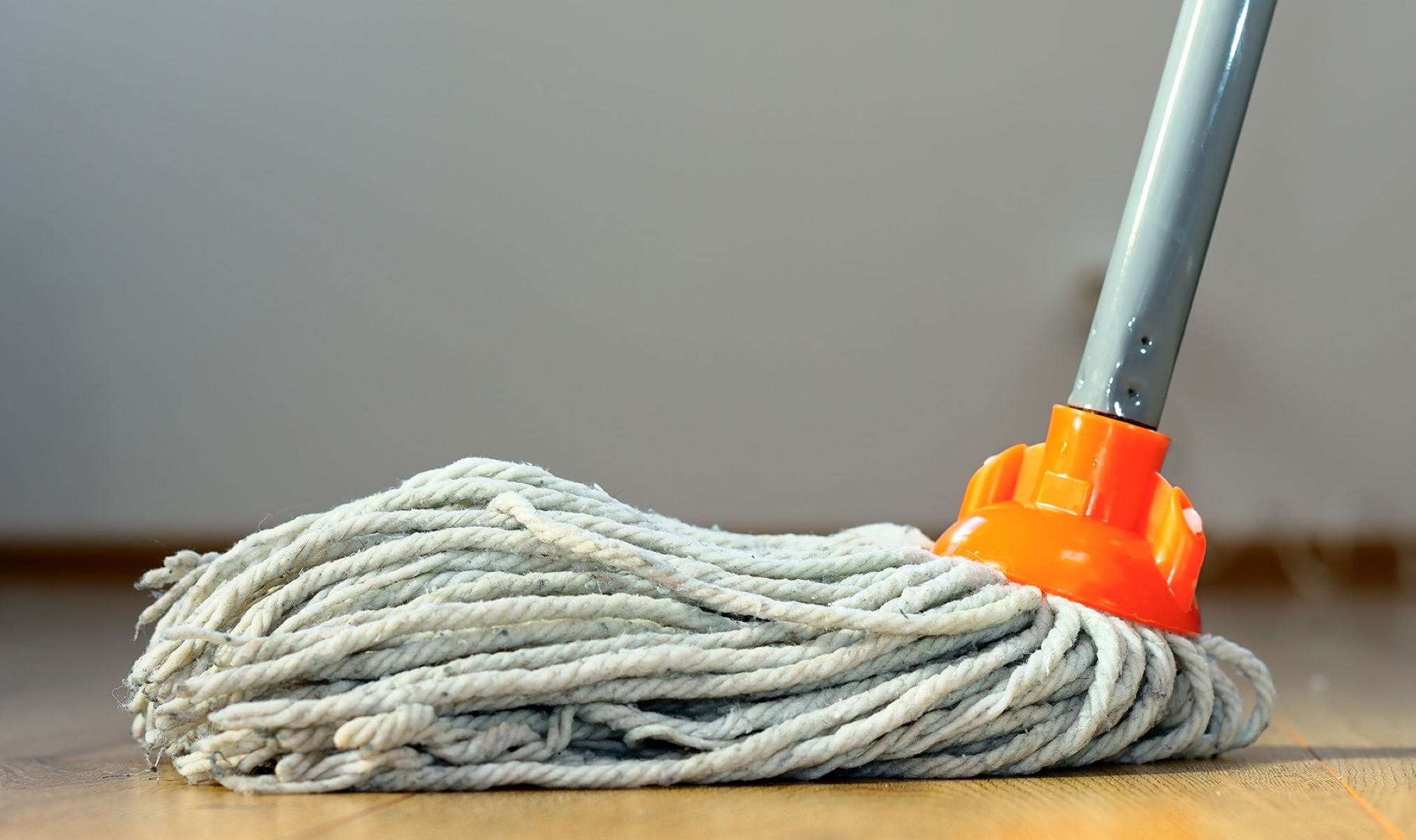

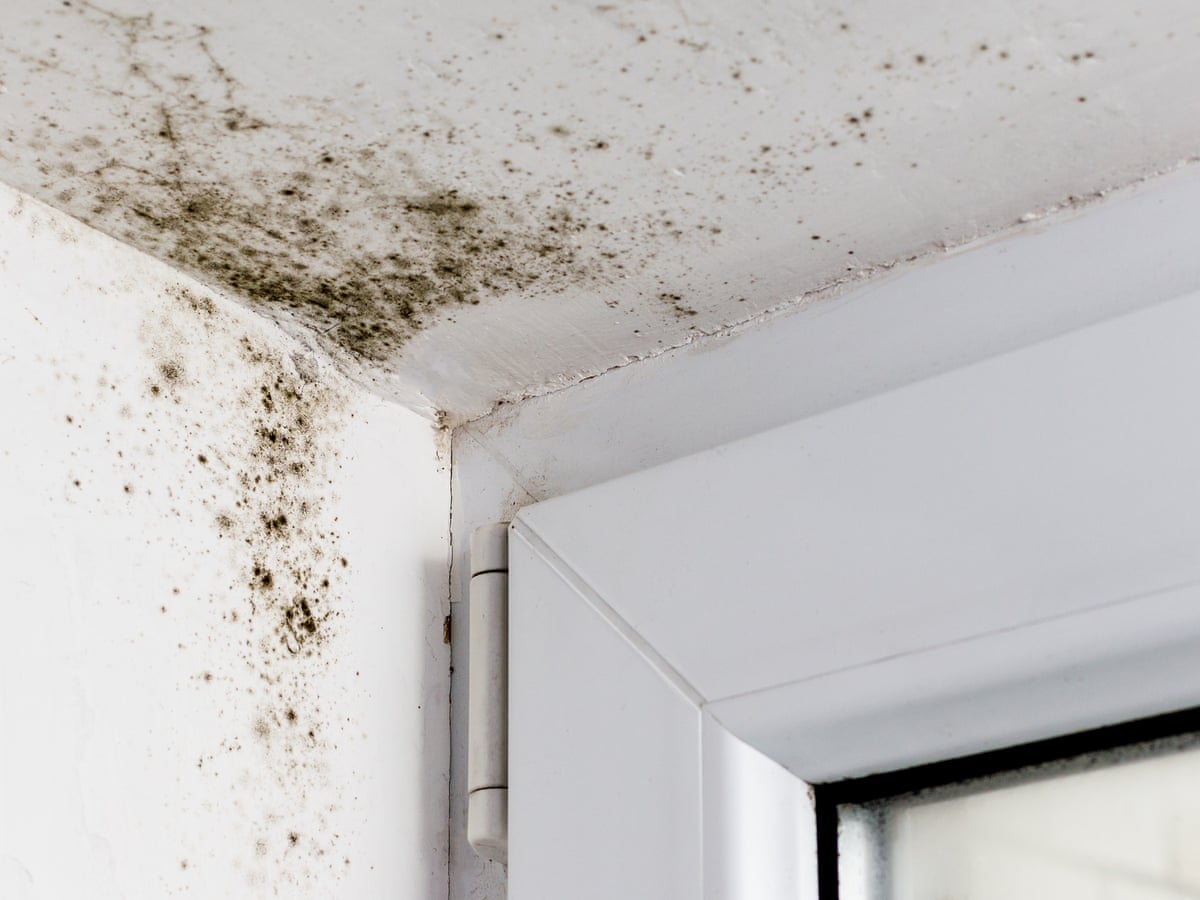
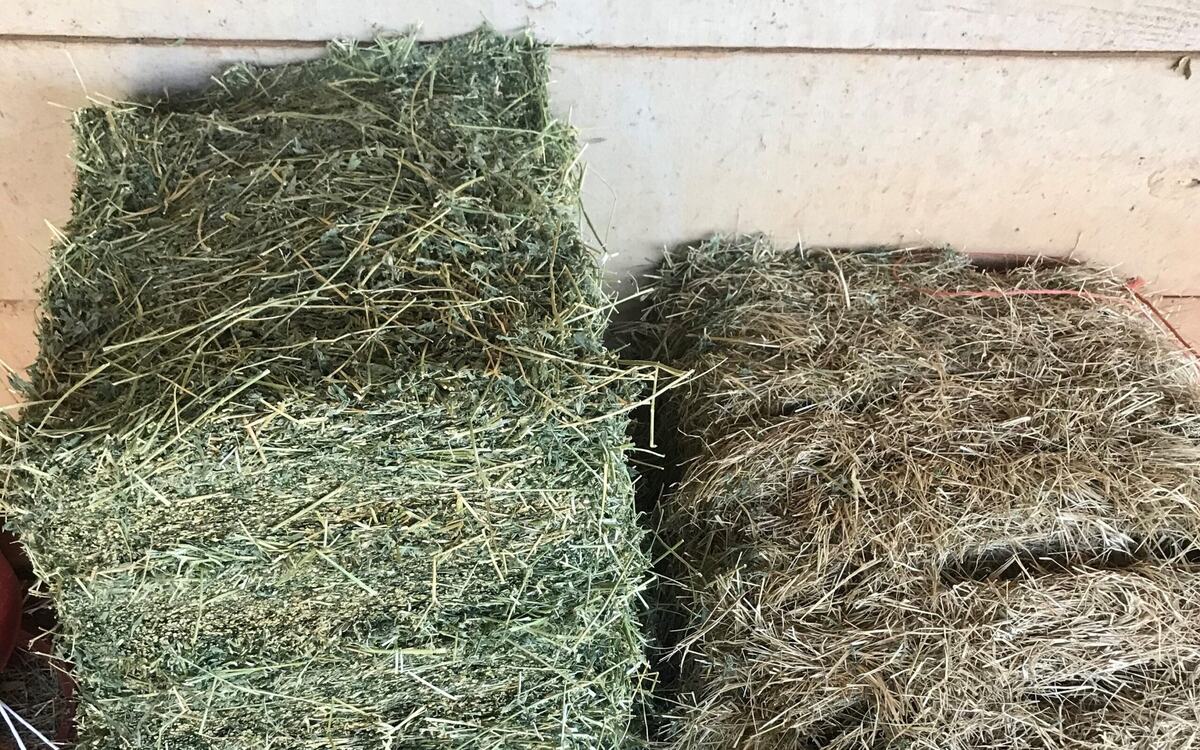

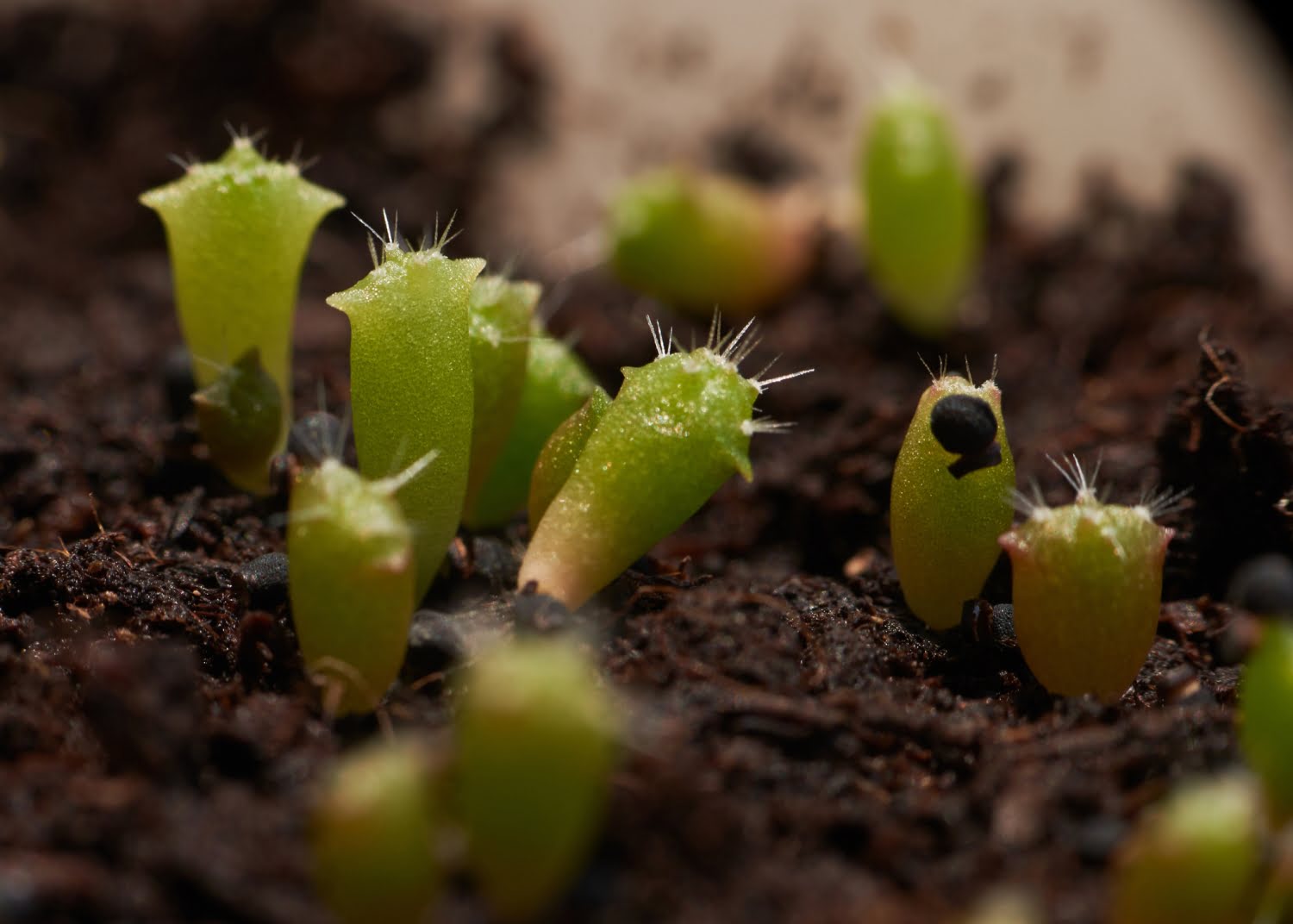
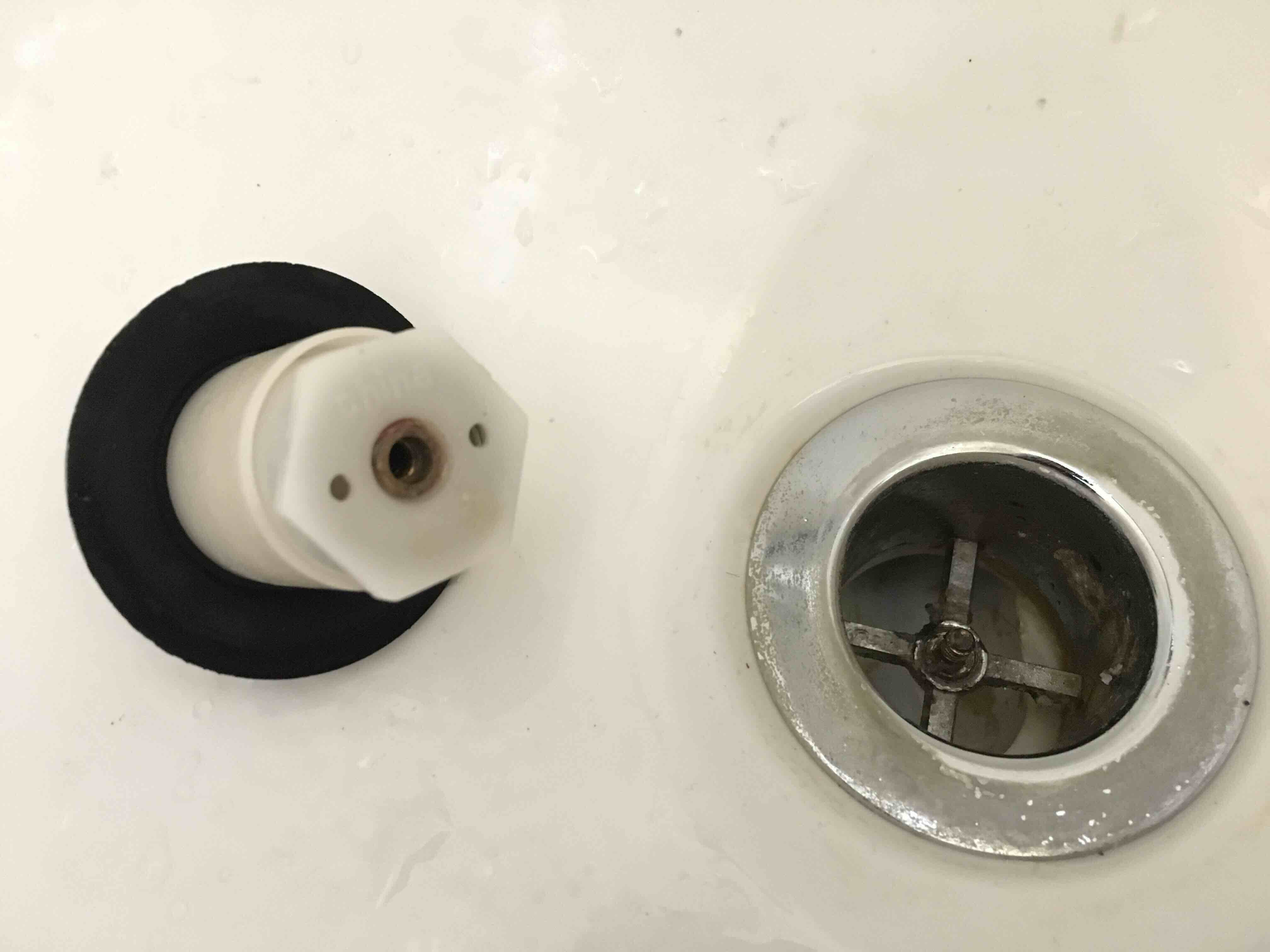
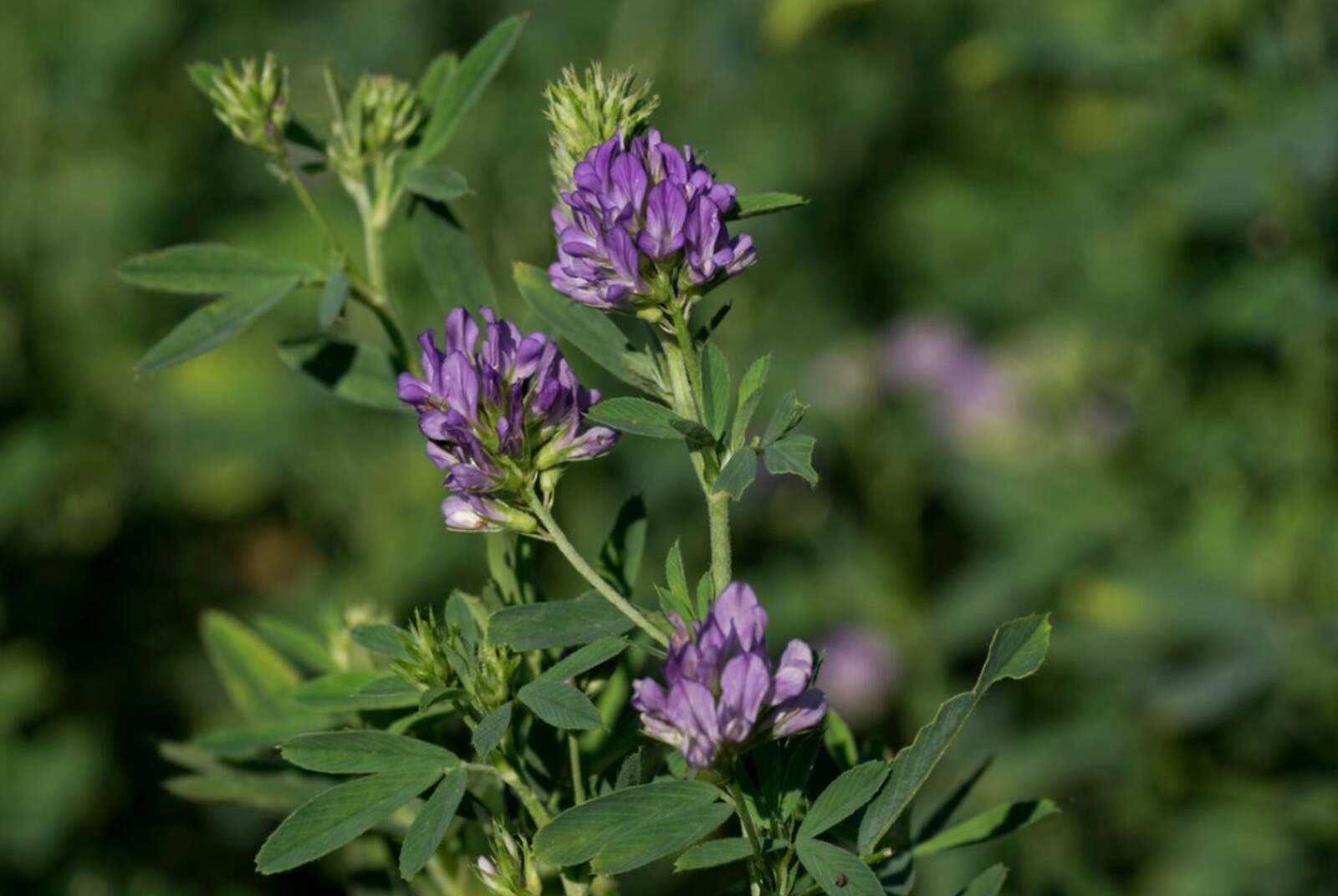
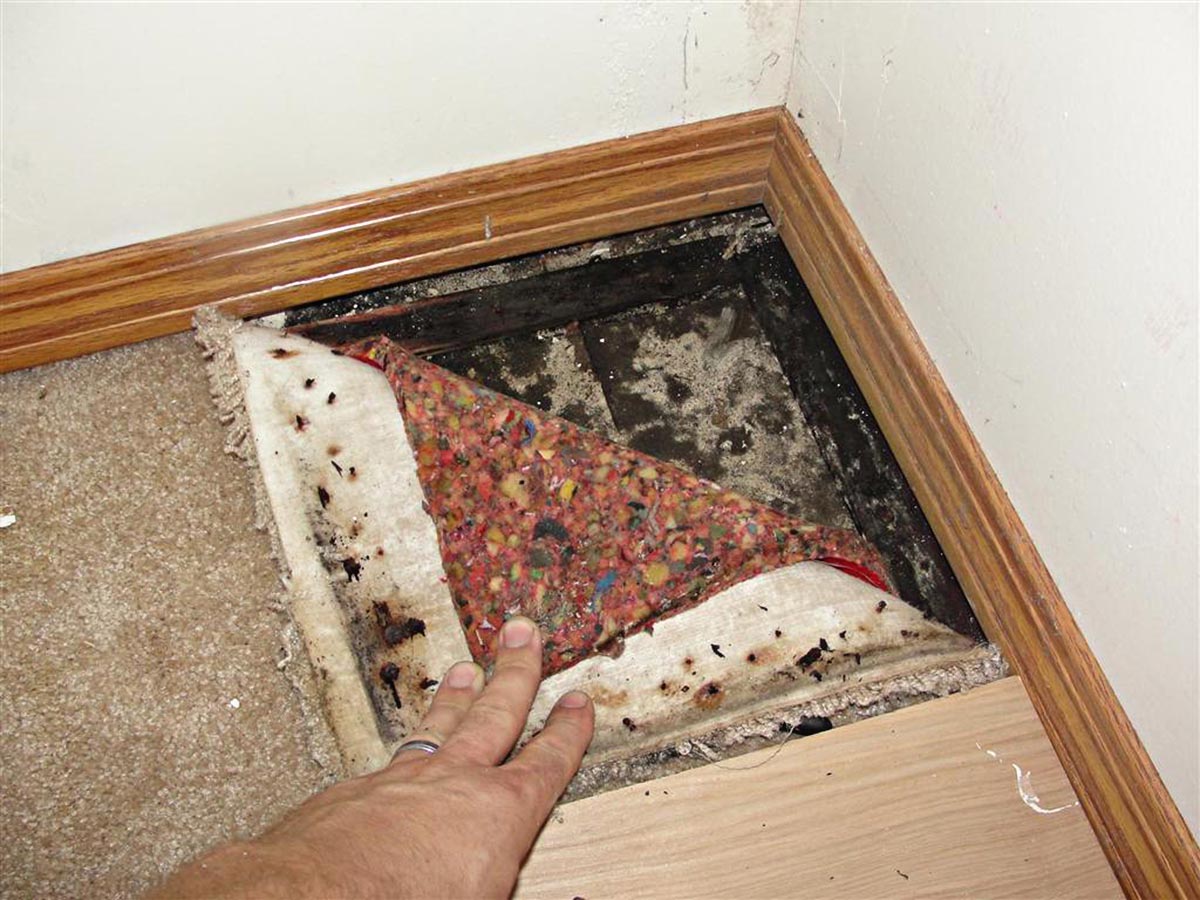
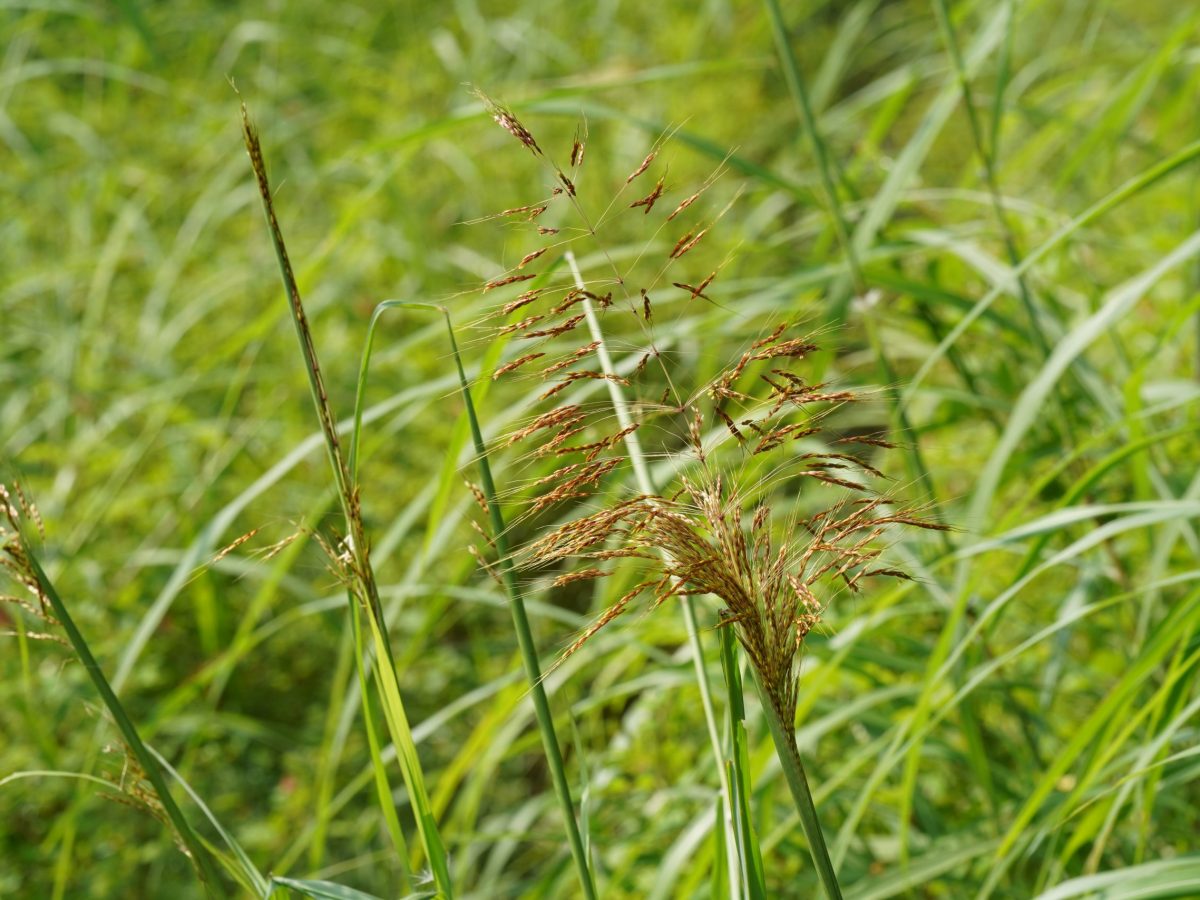
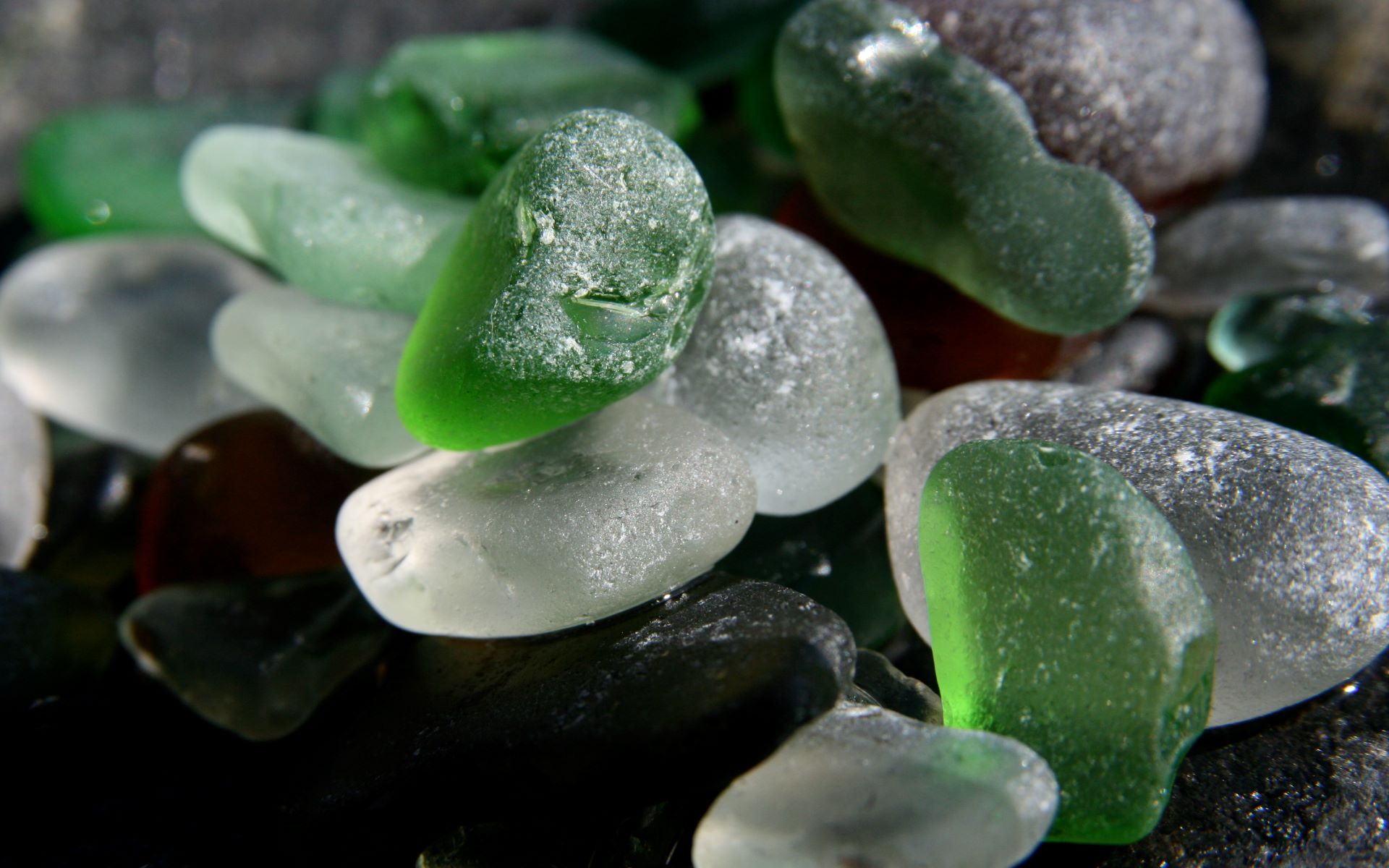
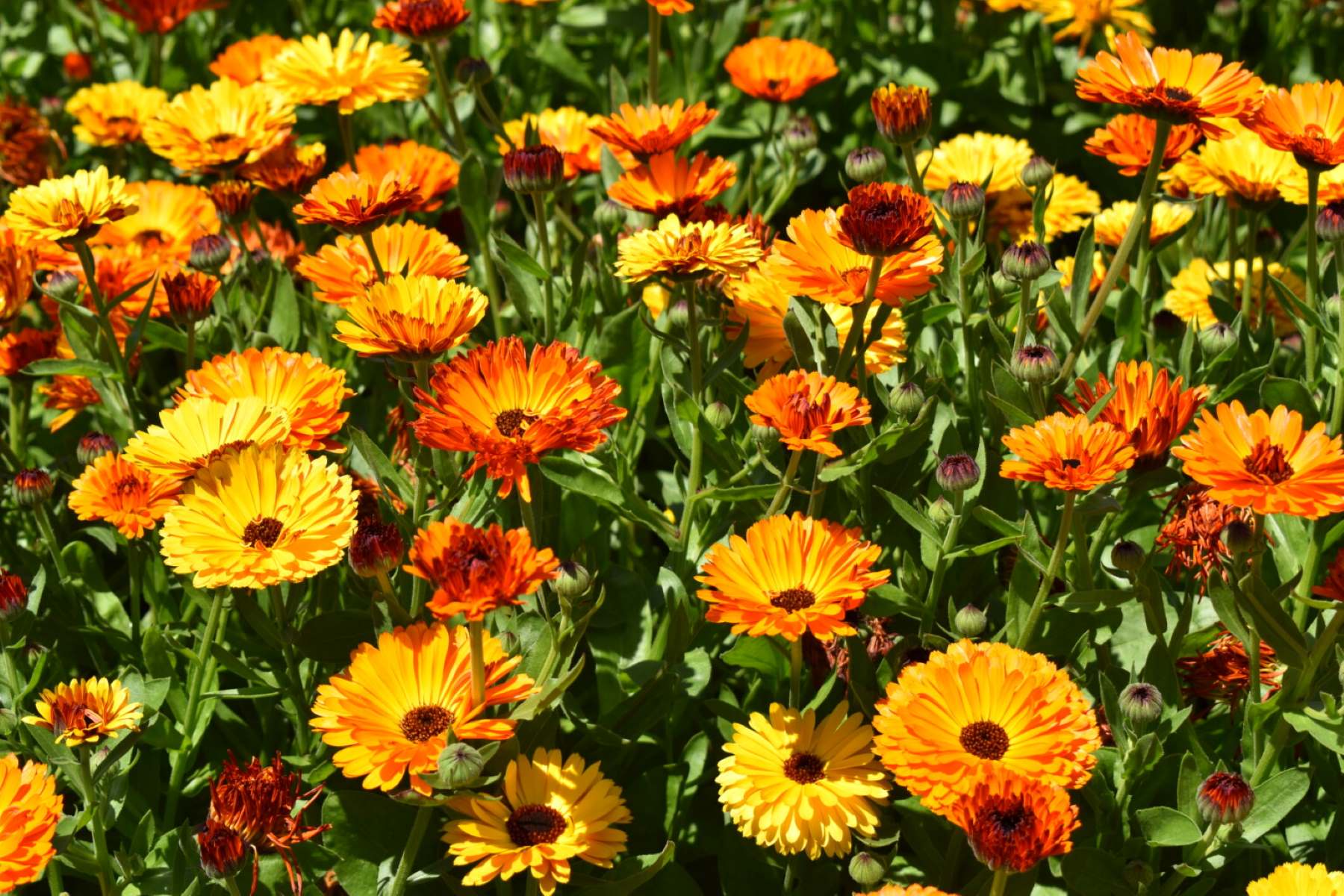

0 thoughts on “What Does Scabiosa Greenery Look Like”